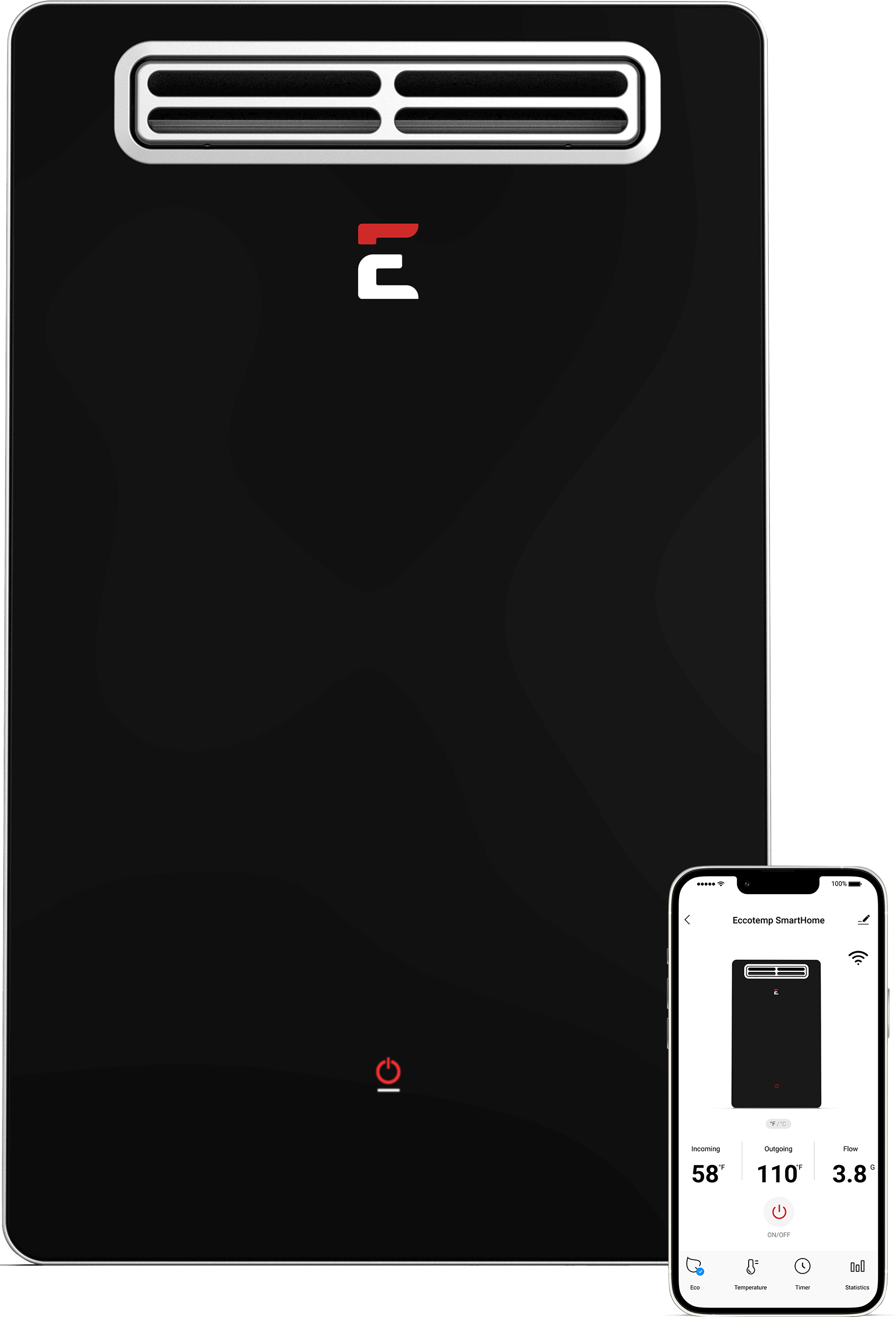Importance Of Ventilation System Of Tankless Water Heater

Tankless water heaters have been sweeping the nation with a huge growth over the last 5 years or so. These compact units mount on a wall either inside or even outside the house and supply hot water on demand literally without end! Many people believe that within the next 5 to 10 years 50% or more of all homes will have a tankless water heater in them. Tankless water heaters are available in electric natural gas and propane fired models.
Choosing the correct Ventilation is very important to gas fired tankless water
heaters. If these products are not vented
properly, many bad things can happen. The least of these is the unit may
fail very
soon in its life span due to condensate being
allowed to enter the product. At the very worse,
Carbon Monoxide Poisoning
could occur.
“Shortcuts” should never
be taken in regards to the venting system on this or any other
piece of equipment that burns gas, oil, wood or
other products. All manufacturers’ instructions should be followed and
you should always make sure that your heater is
vented properly.
Tankless water heaters can have their venting
go either out a side wall with horizontal
venting or up through the roof. Keeping the venting run as short as
possible is
both good for the heater and will help keep
costs down. In fact, many times it makes sense to move the location of
the heater
closer to an outside wall and run the water
lines to it rather than run longer venting. (Copper, PEX and CPVC are
relatively
cheap compared to Stainless Steel vent piping!)
This also may give you a reason to get some needed space back within the
home.
Most tankless water heaters require a special vent piping
material. This material is known as “Category
III” and is typically AL29-4C Stainless steel
but sometimes may be other materials. This is required because the
combustion
efficiency of the heaters make it very likely
that condensate will be formed within the venting system. This
condensate, although
there is not a lot of it, is highly acidic and
will destroy standard vent material in a short time. Type “B” gas
vent can not be used on most of these heaters
for this reason. Another reason this vent is required is that the vent
systems
are under pressure from the fan within the
heater. This is known as “Positive Pressure” venting and requires that
the vent system be UL listed as positive
pressure and sealed to prevent carbon monoxide from leaking out into the
occupied
space. Tankless water heaters as well as other
products also have maximum lengths that you can run the venting. The
number
of elbows required in the system shortens these
distances. Always consult your manufacturer instructions and never
exceed
these distances!
It is also not allowed
to tie these vents together or tie them into an existing masonry
chimney.
The condensing gasses would quickly begin to
cause damage to the masonry and result in structural damage to the
property as
well as a very unsafe condition with carbon
monoxide. If you can run the proper vent product up through an existing
chimney
to the outlet and provide the proper condensate
drain to protect the unit, you can use the existing chimney as a “chase”
to run your new vent pipe in. (Consult
individual manufacturer’s instructions!)
You should either slope horizontal venting away
from the heater, or provide some type of condensate drain within 3’ of
the vent connection to protect the unit from
damage caused by condensate. The condensate in the venting will destroy
the heat
exchanger if allowed to run back to the unit.
Units not vented properly will have their heat exchangers ruined within a
few
short years. Most vent manufacturer’s now have
the ability to provide a drain tee even when venting is installed
straight
up to properly protect the unit.
Venting
is probably the most important part of a tankless heater installation.
To recap this part: No “B” vent! No Common
Venting! No connecting to masonry chimney’s without lining it
with the proper vent pipe. Use Stainless steel
UL listed positive pressure venting made for these products. Allow for
proper
removal of condensate within the vent system.
Keep venting runs to a minimum length. Never exceed manufacturer’s
venting
lengths. Read and obey your owner’s manual!


 Weekly Deals
Weekly Deals
 Water Heaters
Water Heaters
 Accessories
Accessories
 Installation
Installation
 Parts
Parts
 Protection Plans
Protection Plans
 Final Sale
Final Sale
























